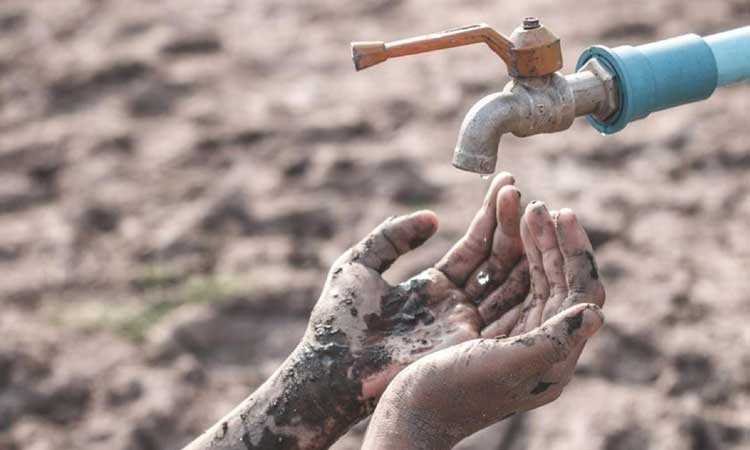
India glimmering water crisis- Preventive measures to aware the public
Water is the most valuable resource for human survival and life on Earth. However, the availability of freshwater for human consumption is highly under stress because of various factors. This crisis of water scarcity is most visible in India as well as in other developing countries. The problem has become so severe that the groundwater has almost dried up in many states, and people have to depend on water supply from other sources. In the past, people understood the value of water and planned their lives around it. But, today, we know, but we still fail to understand the value of water. In this blog, we will be focusing on creating awareness amongst the public for saving water.
India has 18 percent of the world's population but has only 4 percent of the global water resources. A disastrous water crisis has been creeping up on us for years. Water tables have declined precipitously, even by thousands of feet in some parts of Punjab, Haryana, and Andhra Pradesh. Tanks and wells have gone dry. Some rivers have shrunk while other smaller ones have completely dried up. Dirty aquifers and water scarcity are destabilizing the world's second-largest country and seventh-largest economy. As its water reserves get dirtier and smaller, India loses the capacity to safeguard public health, ensure farm productivity, grow the economy, and secure social stability. Water rationing is routine in many urban areas, while in many villages, women are trudging longer distances to fetch water. Governments have a crucial role in aggregating such local initiatives and scaling them up, but participatory management is essential to ensure positive outcomes at the local level.
Water scarcity is the cause of mismanagement and excess population growth of water resources. A NITI Aayog report in 2018 stated bluntly that 600 million people, or nearly half of India's population, face extreme water stress. The country that pumps more groundwater than any other has reached a water supply and food safety reckoning that threatens to upend political and economic stability and long-term public health. India is suffering from the worst water crisis in its history. Three-fourths of India's rural households do not have piped, potable water and rely on sources that pose a serious health risk. India has become the world's largest extractor of groundwater, accounting for 25 percent of the total. That 70 percent of our sources are contaminated, and our major rivers are dying because of pollution.
For every drop of water you waste, you must know that somewhere on earth someone is desperately looking for a drop of water!- Mehmet Murat Ildan
The preventive measures that we can take to stop the water crisis are closing the running tap- During dishwashing and handwashing, people often let the tap run. These running taps waste thousands of liters of water per year. Besides, closing the tap will reduce this problem. Replace dripping taps- In India, it is commonly seen that most of the houses have one or two taps that drop water even when they are close. This running tap wastes up to 30,000 liters of water that nobody bothers to change. So, we should replace these taps immediately. Legislation to regulate the use of groundwater is most urgent. Protective irrigation for conserving green water is another key measure, along with the protection and rejuvenation of catchment areas.
Many solutions have already been made, but we will guide you on how to resolve this issue independently. Due to rapid construction that uses concrete and marbles, the rainwater will not absorb the soil. But, if you install some mechanism in houses that can hold the rainwater, you can recharge the groundwater. There is a need for an efficient system to manage and distribute the water in urban areas. Also, the government needs to enhance its technology and investment in water treatment. For installing wastewater treatment plant don't hesitate to get in touch with us, our highly skilled personnel will revert to you.
To conclude, water scarcity has become a more dangerous problem day by day; also, due to our leniency, we haven't taken the problem of water scarcity seriously. Besides, we should ensure optimization at the planning level. At present authorities and people are working to resolve this problem so that our future generations do not have to buy this necessity. Whether it is agricultural practices to conserve blue water or local watershed management to preserve green water, or local cooperation for sustainable groundwater use, farmers themselves will have to champion these initiatives. An issue that will greatly affect the number of crops grown will determine whether there is enough food to feed the world by 2050. Since the population is increasing, there will need to be a lot more work, research, and money to be a sufficient food supply.
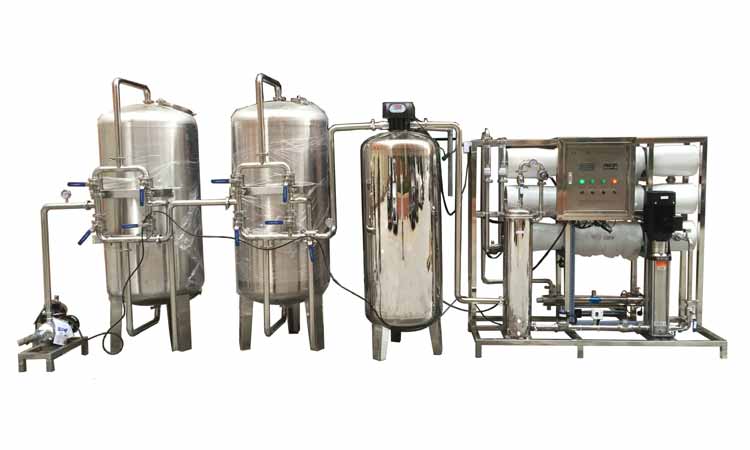
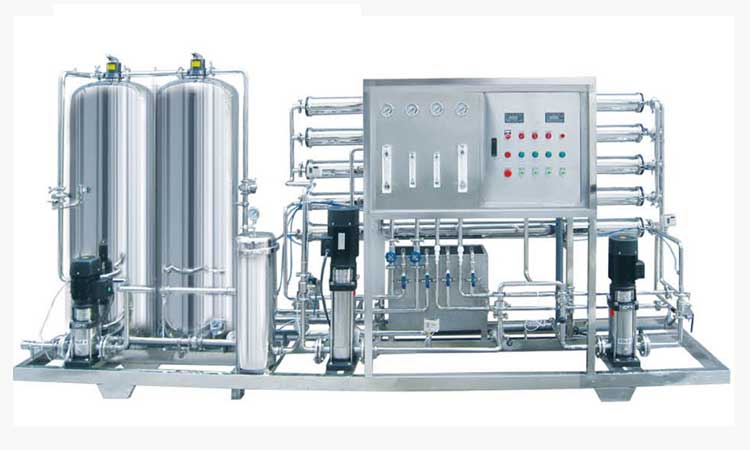
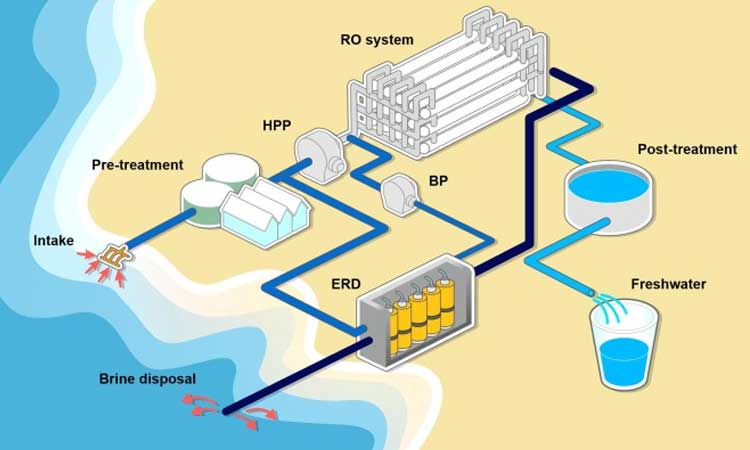
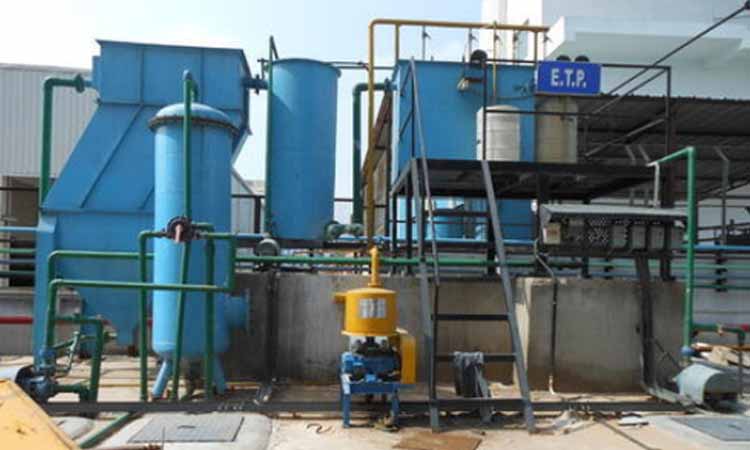
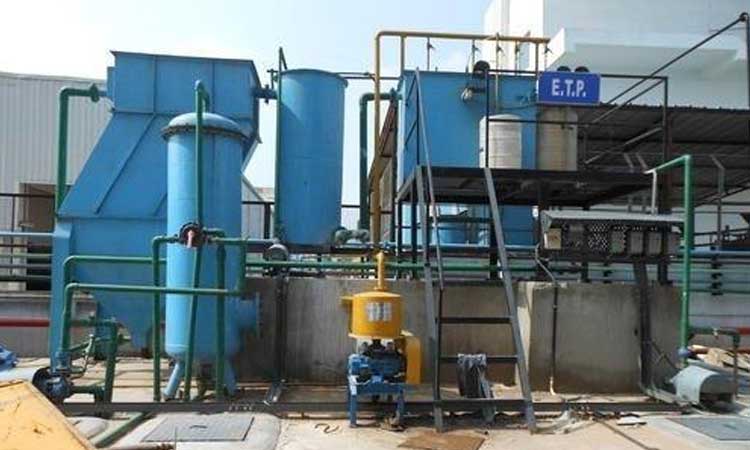
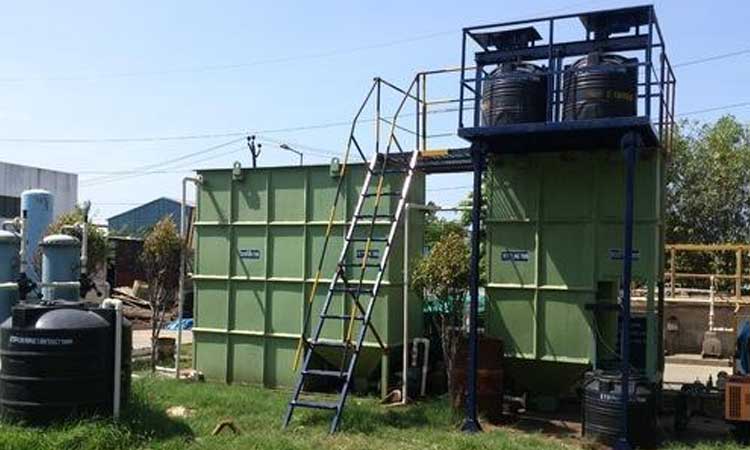
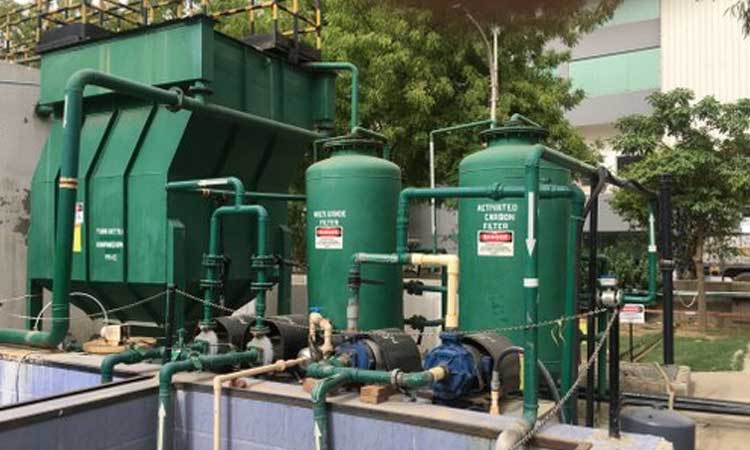

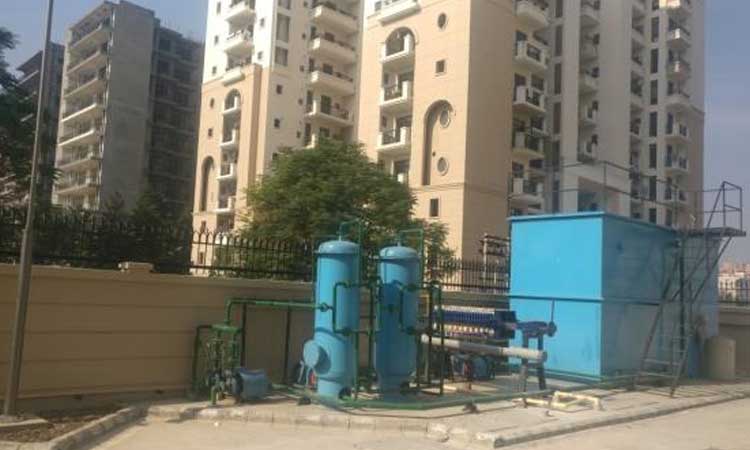
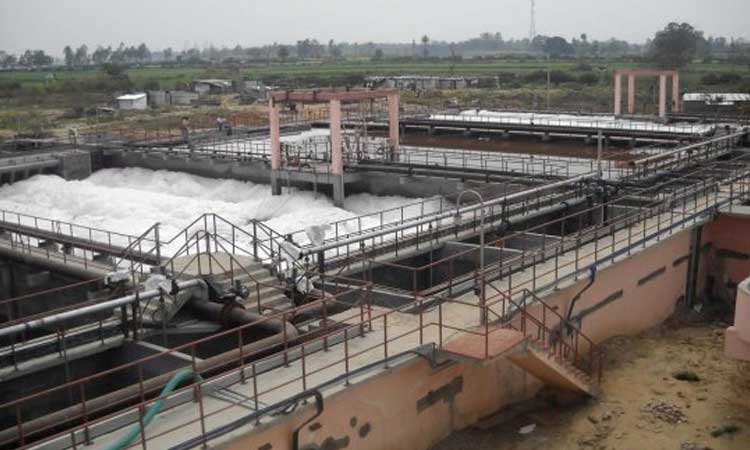
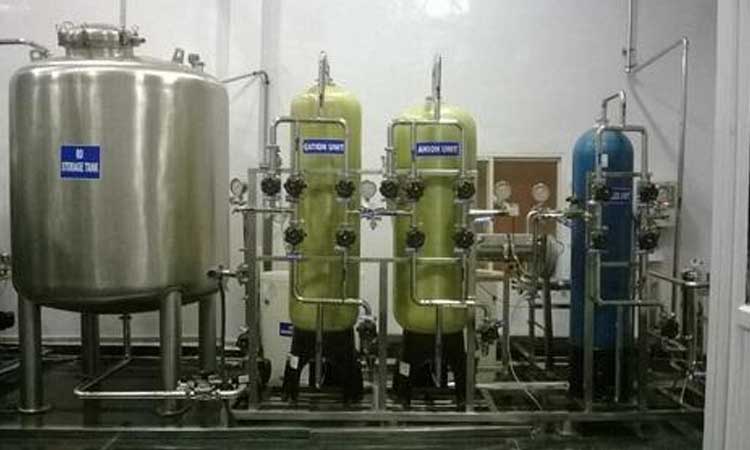

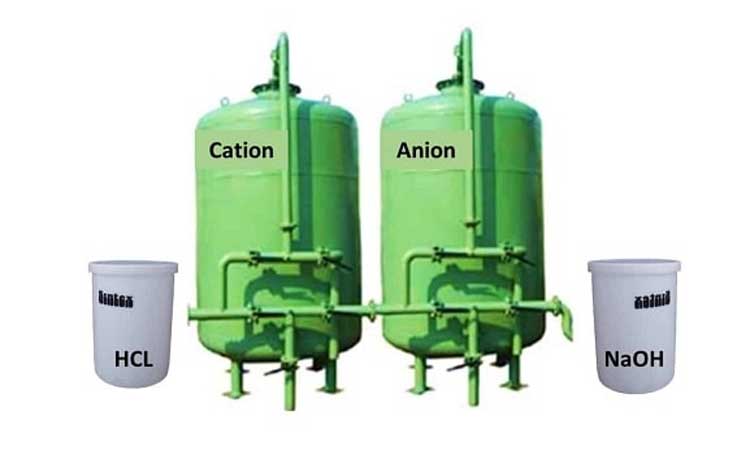

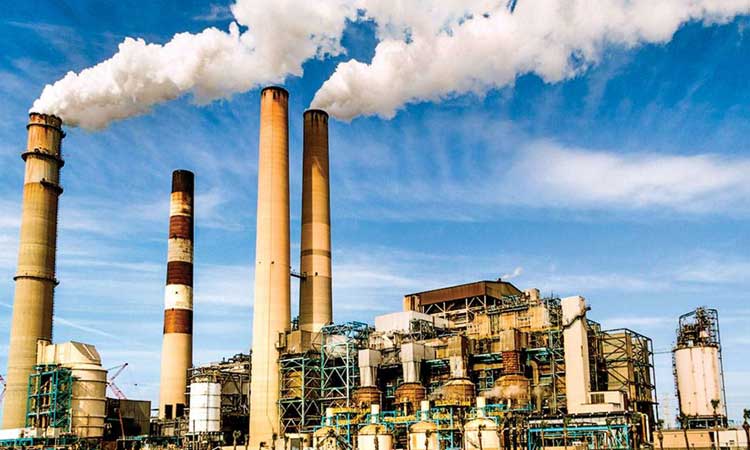
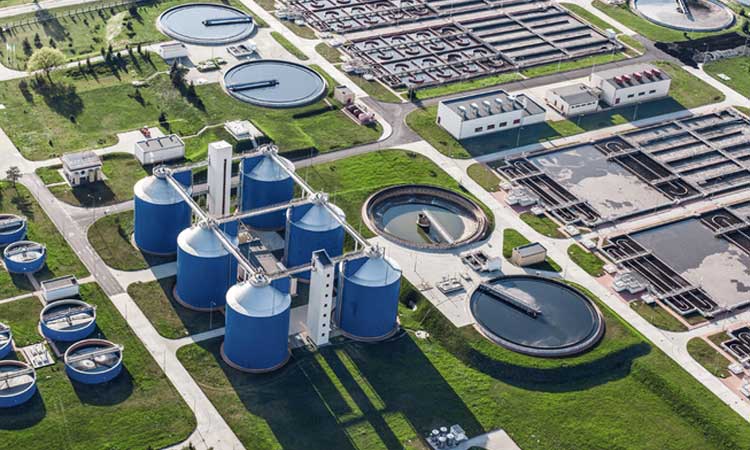
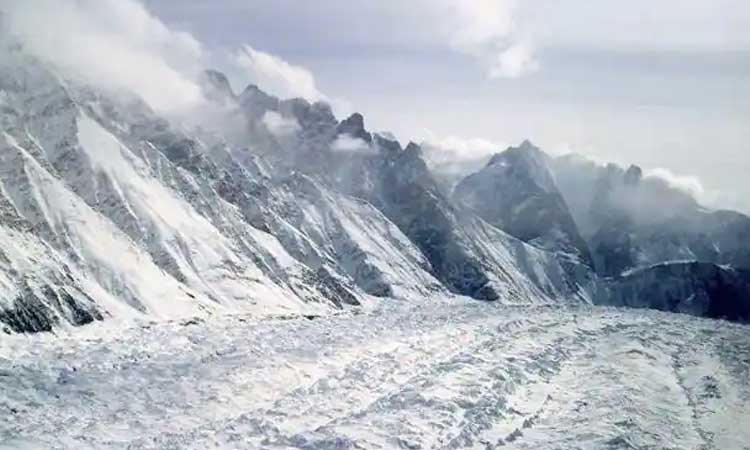

Comments
India has around 17% of the world’s population and just about 2% of the available water resources to satisfy the needs of that population. Water crisis's are therefore inevitable in such a situation.
The main cause for water crisis in India is the people. India have great resource of fresh water in the form of groundwater, river's, ponds, and in the form of average annual rainfall. But we the people of India with no self-responsibility on the resources of the nation are using water in wrong way.
India is facing the worst water crisis in decades.Chennai has almost ran out of water and by 2040 there will be no water available in India. But the response of the politicians to this grave situation is really outrageous.It's high time we start harvesting water & save every drop of it.